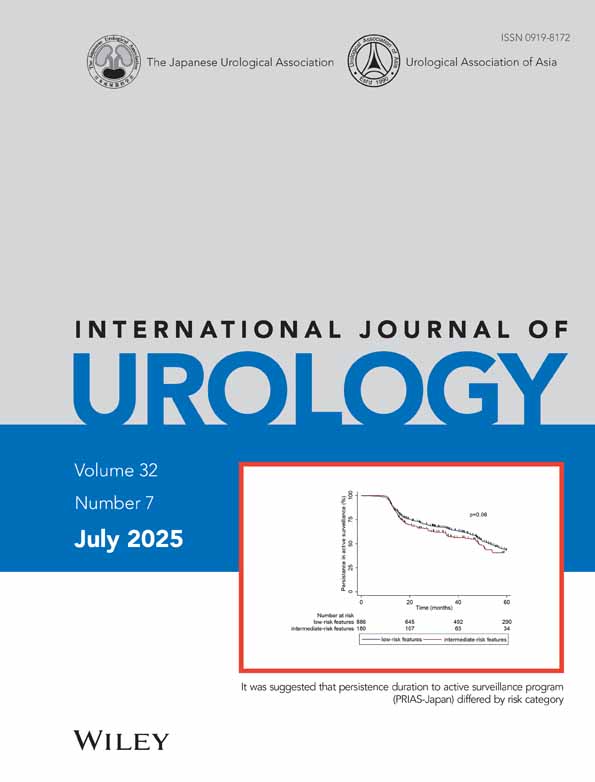One-stage repair of moderately severe hypospadias using a transverse preputial tubularized island flap
Abstract
Background: Transverse preputial tubularized island flap (TPTIF) urethroplasty has been used for the repair of moderately severe hypospadias since Duckett described the procedure in 1980. In spite of the excellent results reported by Duckett, subsequent studies showed high complication rates. A TPTIF procedure modified to reduce the complication rate is presented.
Methods: Between 1996 and 1997, 13 boys with moderately severe hypospadias were repaired with the TPTIF procedure. Patient age ranged from 10 months to 3 years with an average age of 23 months. To prevent urethrocutaneous fistula, the neourethra was constructed with a two-layer closure and the portion of anastomosis was wrapped between the native urethra and the neourethra with the tissue of the corpus spongiosum.
Results: The moderately severe hypospadias was repaired without complication in 12 of 13 patients. A urethrocutaneous fistula developed at the midshaft of the penis in one patient. No meatal stenosis, urethral stricture or diverticulum developed.
Conclusion: Transverse preputial tubularized island flap urethroplasty provided excellent cosmetic and functional results for moderately severe hypospadias, and postoperative complications could be decreased by the two-layer closure of the neourethra and application of the wrapping technique of the proximal anastomosed portion with corpus spongiosum tissue.




